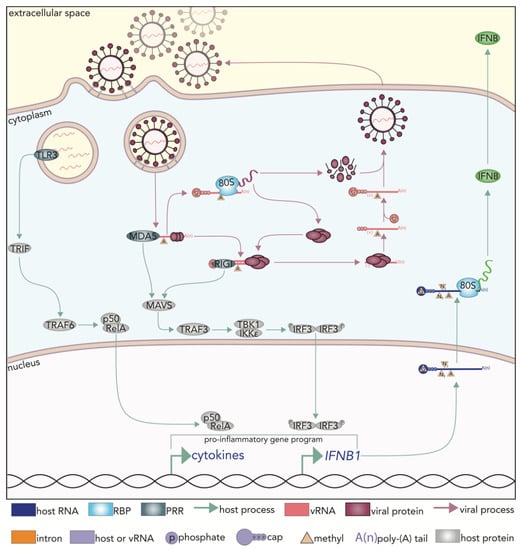
### RNA and the Riddle of Life’s Molecular Handedness: An Unexpected Discovery
In a revolutionary study supported by NASA, investigators have found a crucial hint regarding one of life’s most profound enigmas: the source of molecular handedness, or *homochirality*. The research, recently released in *Nature Communications*, disclosed that RNA, a vital molecule believed to have existed before DNA in the evolutionary timeline, does not intrinsically favor the formation of left-handed or right-handed amino acids. This surprising revelation undermines a long-established theory about the development of life’s molecular orientation and implies that the answer to this enigma lies in a different domain.
#### The Puzzle of Molecular Handedness
Life, as we recognize it, exhibits a strange peculiarity. While amino acids — the fundamental components of proteins — take on two mirror-image forms, analogous to left and right hands, all known life solely utilizes the left-handed variants for protein construction. This sole preference for one molecular “hand” is termed *homochirality*. For many years, researchers have been curious about why life embraced this singular approach and how it may have emerged during the initial phases of evolution.
A leading hypothesis suggested that RNA, the adaptable molecule central to the “RNA world hypothesis,” played an essential role. Scientists proposed that because RNA can both preserve genetic information and facilitate chemical reactions like an enzyme, it may have shown an inherent inclination toward left-handed amino acids, establishing the groundwork for life’s dependence on them. This concept connected the rise of life’s handedness directly to the primordial molecular framework.
Nonetheless, the recent study has called this explanation into question.
#### The Research and Its Unanticipated Findings
Heading the investigation at UCLA, Irene Chen and her team conducted an experiment to evaluate RNA’s alleged preference for chirality. They concentrated on *ribozymes*, RNA molecules that function as enzymes to promote chemical reactions. In laboratory conditions simulating early Earth, the team examined 15 ribozymes and their capacity to facilitate the formation of the amino acid phenylalanine, a fundamental building block of proteins.
The findings were astonishing. Some ribozymes showed a preference for left-handed phenylalanine, while others favored right-handed variants. Notably, no consistent preference was evident across the tested ribozymes. “The experiment showed that ribozymes can favor either left- or right-handed amino acids,” Chen elaborated, “indicating that RNA worlds, in general, would not necessarily possess a strong bias for the amino acid forms we recognize in biology today.”
This unforeseen absence of bias implies that homochirality — the exclusive use of left-handed amino acids in life — likely did not arise from an inherent chemical determinism in RNA. Rather, researchers hypothesize that life’s handedness developed subsequently through various evolutionary mechanisms.
#### Consequences for Evolution and Life Beyond Our Planet
If RNA did not determine life’s molecular handedness, what influenced it? Co-author Alberto Vázquez-Salazar proposes that evolutionary pressures, such as resource competition, could have catalyzed the eventual predominance of left-handed amino acids. Homochirality may not have stemmed from a predetermined chemical certainty but from more intricate, stochastic processes during life’s early evolution.
This finding also carries significant implications for the search for extraterrestrial life. Molecular handedness, once regarded as a hallmark of life, might not appear in the same manner on other worlds. Jason Dworkin, a senior scientist at NASA’s Goddard Space Flight Center, described how this research connects to space missions. Scientists are currently analyzing specimens from NASA’s OSIRIS-REx mission to the asteroid Bennu to examine the chirality of amino acids. In the future, samples from Mars missions will also be evaluated for signs of life, potentially encompassing ribozymes or proteins.
Understanding chirality might also aid in distinguishing between biological and non-biological (abiotic) processes. Amino acids exhibiting a specific handedness found in extraterrestrial contexts could act as indicators of life, but scientists must now contemplate the potential of non-biased chemical processes resulting in mixed-handed molecules as well.
#### Is it Possible Life’s Building Blocks Came From Outer Space?
The study additionally connects with another captivating hypothesis: some of life’s fundamental components may have arrived through meteorites from space. Amino acids have been discovered in meteorites, and researchers are utilizing missions like OSIRIS-REx to investigate their chirality. The lack of intrinsic RNA bias indicates that the origins of life’s handedness, while not starting in RNA, may have been shaped by conditions in the greater cosmos, such as exposure to ultraviolet light, magnetic fields, or other prebiotic factors present in outer space.
#### The Puzzle Remains, Yet the Search Continues
This research marks a paradigm shift in how scientists perceive the roots of life’s molecular handedness. While it dismisses RNA as the key determinant of chirality, it raises intriguing new inquiries. What additional factors might clarify the universal biological preference for left-handed amino acids?